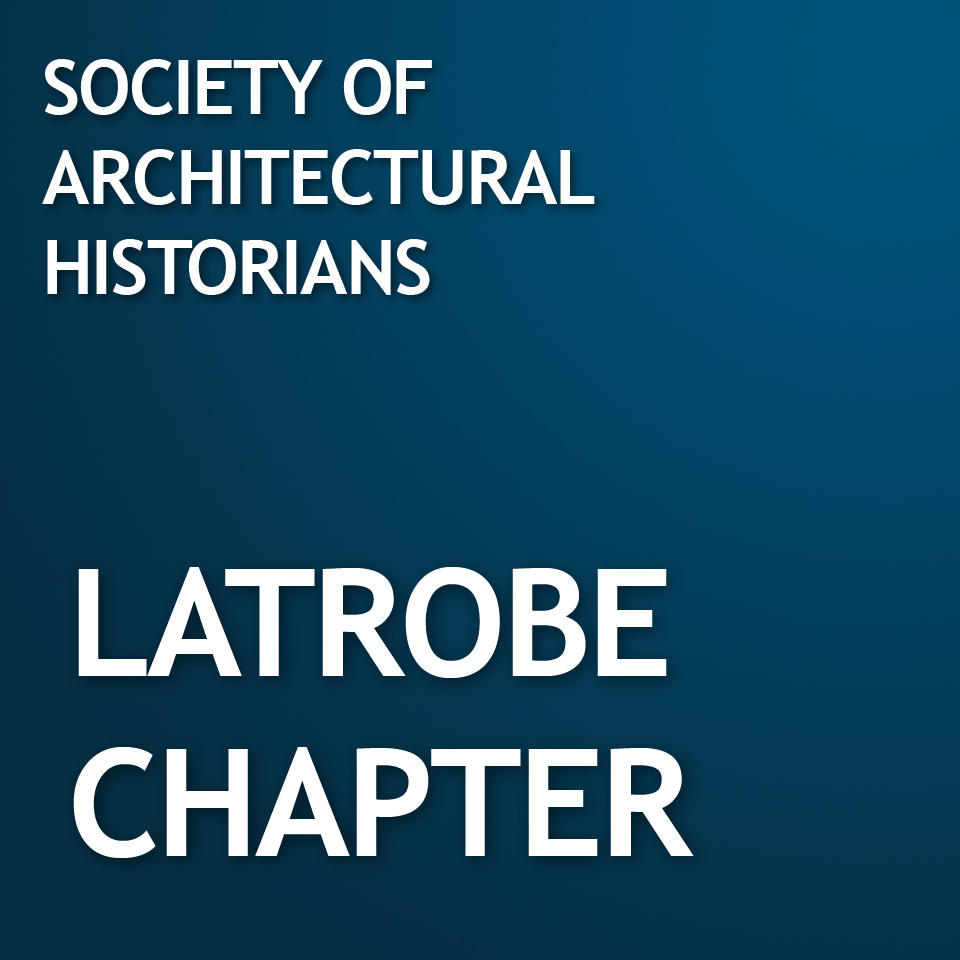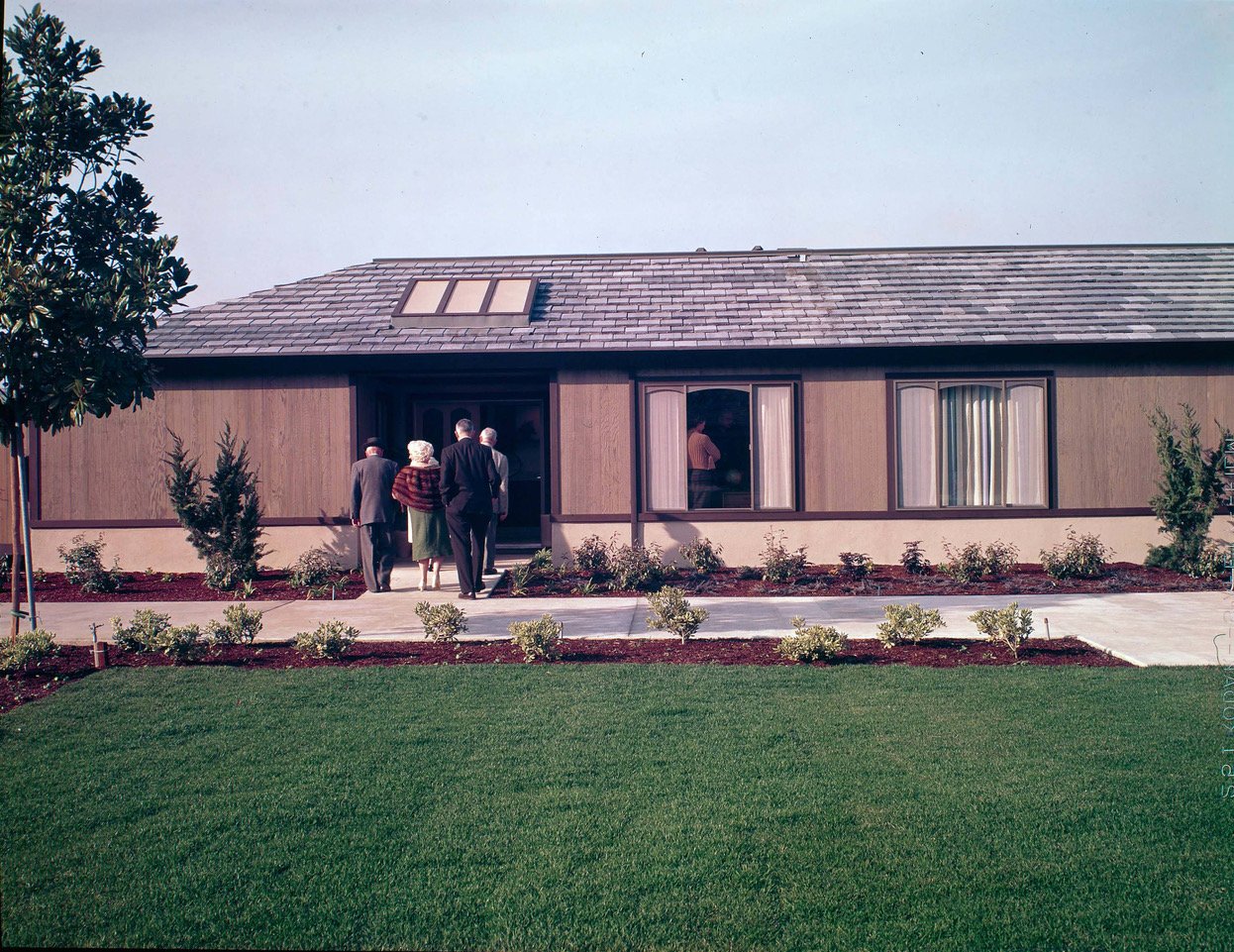This event is free but advance registration is required to participate.
TO REGISTER VIA ZOOM, CLICK HERE
After registering, you will receive a confirmation email containing information about joining the lecture. Please note that this event will be held virtually only.
In the early 1960s, amid rising affluence, loneliness, and increasing longevity, a new type of community appeared in the United States: the "active retirement" complex, with thousands of houses and/or apartments and an unprecedented range of communal facilities. Though instantly popular, the first examples were physically expedient and skeptics likened them to internment camps. To deflect critique, developers like Ross Cortese, a leader in the field, began to prioritize design. For Rossmoor Walnut Creek, in the San Francisco Bay Area, Cortese hired acclaimed Bay Region architect Charles Warren Callister, known for his innovative private and ecclesiastical commissions. At Rossmoor and, later, at Heritage Village, in Connecticut, Callister, who had also long been interested in housing reform, attempted to serve the needs of seniors, especially for community and activity, by employing a village plan, arranging the housing in "neighborhoods" around clustered courtyards. Although rooted in untested design theory rather than gerontological research, the experiences of residents show that his approach "worked" as intended.
Matthew Lasner is associate professor of urban studies and planning at Hunter College. He is author of the award-winning High Life: Condo Living in the Suburban Century (Yale 2012), a history of co-ops, condominiums, and townhouse complexes in metropolitan New York, Washington, Chicago, Miami, and Southern California, and co-editor of Affordable Housing in New York: The People, Places, and Policies That Transformed a City (Princeton 2016). His next book will be Apartment: Making Homes Together in Postwar America, an architectural and social history of private multifamily housing. He is a founding editor of the web journal PLATFORM, and holds a PhD in architecture from Harvard.


